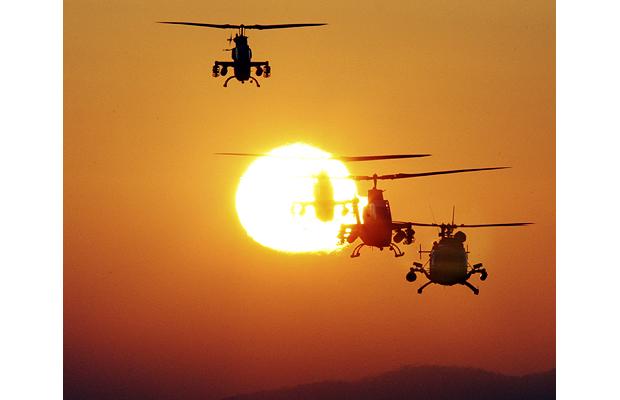The US recorded budget cuts in 2011, a trend which is forecast to continue going forward. Despite this, North America is expected to account for the largest share of the total global C2/C4ISR market comprising 52% over the forecast period. Asia and Europe are also expected to account for a significant portion of the total global C2/C4ISR market over the forecast period, with respective shares of 20% and 18%. This will be largely driven by the efforts of countries such as India, China, the UK and Russia to modernize their armed forces. Latin America, Middle East and Africa are forecast to account for respective shares of 6%, 2% and 2%.
Global spending on C2/C4ISR systems is expected to remain robust over the forecast period, primarily due to the increased importance of C2/C4ISR systems in modern or fourth-generation warfare. Modern conflicts include a mix of physical combat, mental and tactical elements, where the enemy could be a nation or a faction of society such as a terrorist group. In such situations, C2/C4ISR systems are considered by most nations to be the most important tools for victory. The market consists of land, space, naval and airborne systems.
The development of military communication systems that facilitate truly network centric operations (NCOs) continues to present challenges for researchers and developers and has done so for more than a decade. During this time a great deal of focus has been placed on applying commercial products and internet design methodologies to military systems. While this strategy has met with some success, it does not always translate well to the more challenging environment encountered in military operations.
C4ISR systems have evolved at a rapid pace over the last few decades and countries are now forced to regularly upgrade their products in order to keep abreast of the changes in technology, the cost of which can be significantly high. This is prompting countries to take advantage of improvements nurtured in the civilian marketplace to integrate them into military applications. The US government for example is making use of commercial hardware and software for its C4ISR systems, in order to keep rising costs in check.
The global C2/C4ISR market is expected to grow at a CAGR of 2.98%. This is primarily because key markets, such as the US, are expected to prioritize spending on C2/C4ISR systems; an element of defense spending that was not given much importance until the Afghan and Iraqi conflicts.
Next generation highly mobile front line communications are shifting away from the high power single line of contact methods, toward a low power mesh system where more operators are linked together through a multi-node mesh system. These systems will be less prone to single points of failure and will be self healing such that the communications packets find the best route to the destination based on traffic levels and available system bandwidth.
BUY The C2/C4ISR systems Report










